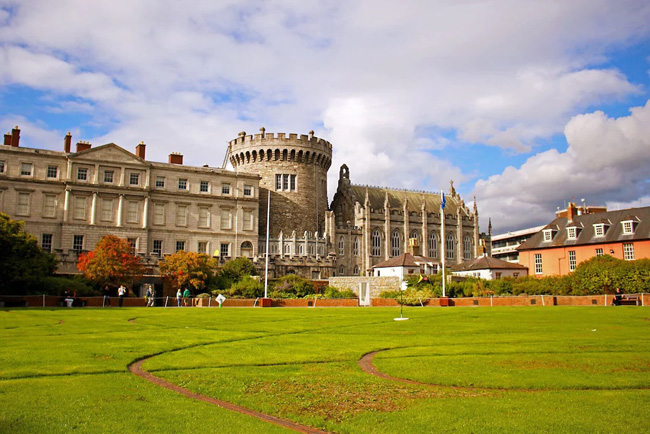
St. Patricks’ Day is celebrated across the world. Every year people embrace the shamrock, parades, corned beef, green beer, and of course, the leprechaun. But what exactly are leprechauns and how did these famous green figures become such a staple for the March holiday?
The tale of the leprechaun has been a beloved part of Irish lore. Stories of these small creatures have been around since the 8th century.
Leprechaun comes from the word, “luchorpan” which means “small body”. Fables tell us they are said to only be around two feet tall.
These tiny beings are notorious for being the cobblers of the fairy world. They have often been associated with shoemakers. This profession is what earns them their iconic pots of gold.
Legend also says that there are no female leprechauns. This only adds to their magical and peculiar qualities. Some say that leprechauns are the unwanted children of fairies. As a result, they are grouchy, untrusting, and tend to be alone.
The original leprechaun was not the top-hat wearing, pipe-smoking, green dressed, gnome we think of today. Originally, leprechauns were described as wearing red. Over time, they have evolved into the green-wearing guys we have come to know and love. Many speculate that this is due to the general popularity of the color green throughout Ireland.

One thing that comes to mind when we think of a leprechaun is their pot of gold. They are known to possess and hoard their treasured pots and traditionally hide them at the end of a rainbow. This requires that humans need to catch a leprechaun to get the gold, because we know there is no “end of the rainbow.”
Catching a leprechaun is no easy task. These mischievous guys are believed to vanish before anyone can spot them. If you are able catch a leprechaun, it is said it will bring you good luck along with three wishes. We associate them with the “luck of the Irish”, making it one of the reasons they are so popular today.
Even though the gold is enticing for humans, tales tell you to beware of the tiny tricksters. They are said to deceive humans and heed warnings against greed. Some believe they hide their gold to lure gullible people to them, only to lead them astray.
1989, a local businessman named PJ Ohare from Carlingford, Ireland, claimed to have found evidence of a real leprechaun on a mountain called Slieve Foye. He said that after hearing a scream near the wishing well, he found bones, a tiny suit, and gold coins next to a patch of dirt that had been scorched. The evidence is now displayed behind a glass case for visitors to come see.
If it’s nearly impossible to see a leprechaun, can you hear them? Folklore says to always keep your ears open around March 17. If you listen closely, you can hear them making shoes by tapping their tiny hammers. For those who have truly keen hearing, you may even hear traditional Irish music while the leprechaun dances a jig.
There are strange laws in Ireland that will make you think twice as to whether you believe in these tiny troublemakers. If a leprechaun turns up on your doorstep, you must invite them in for a share of your dinner.
They are also a protected species under European Union Law. Apparently, there are 236 leprechauns that still live in the caverns of Slieve Foye. In 2009, the European Union granted heritage status to the remaining wee people. There is now a protected safe haven nestled in the mountain.
The leprechaun story has certainly evolved over time. Today, many associate the leprechaun from a character on our favorite cereal, to the villain in some horror movies. You may believe it’s an outrageous folktale, or that there is some truth to the story that has been passed down by generations. Imagining in the magic and mystery of the Leprechaun is what makes St. Patricks’ Day fun for all ages.
May you have all the happiness and luck that life can hold — and at the end of your rainbows may you find a pot of gold. –Irish blessing




